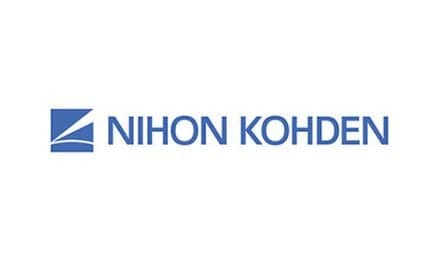The FDA has granted 510(k) clearance to Konica Minolta Healthcare’s Dynamic Digital Radiography (DDR) solution, which could be used for musculoskeletal and thoracic imaging.
According to the company, DDR represents the next evolution in X-ray imaging with the ability to capture movement in a single exam. The technology is a fundamental change in the way clinicians can utilize radiography, the company said in a press release.
DDR produces medical images that depict movement and can be fully annotated, including diagrams, to help radiologists provide a more detailed clinical finding.
The technology enables clinicians to observe the dynamic interaction of anatomical structures, such as tissue and bone, with physiological changes over time.
By bringing advanced cineradiography capabilities to X-ray, DDR can help address global healthcare issues such as access, cost and quality of care. By providing quantifiable clinical information, DDR may increase the quality and specificity of diagnosis, helping clinicians rapidly answer clinical questions resulting in higher individualized care and reduced need for additional tests, the company said.
Two clinical areas where DDR can have an impact are in musculoskeletal (MSK) and thoracic imaging. DDR supports the diagnosis of MSK conditions by providing views of full patterns of articulatory mobility.
In thoracic and pulmonary imaging, DDR provides a full view of chest, lung and organ movement during the respiratory cycle. DDR also helps quantify movement, enabling the radiologist and pulmonologist to provide an enhanced assessment of pulmonary function to help determine the cause for dyspnea. The potential causes for dyspnea are extensive and there are numerous tests used in diagnosis.
In one imaging exam, DDR helps clinicians assess lung function, track lung movement to detect asymmetry (latent, paradoxical, limited or no movement), and differentiate asthma, obstruction, restriction or mixed conditions.
DDR may overcome the limitations of pulmonary function tests, spirometers and static X-ray images that cannot identify differences between the left and right lung. With DDR’s advanced image processing and enhancement, physicians may track lesions that move throughout the respiratory cycle and identify blood vessel patterns and parenchymal abnormalities or pulmonary embolisms in many cases without a contrast agent.
A bone suppression algorithm may help physicians differentiate calcifications from bone structures. Additional measurement tools can help identify and quantify differences in lung movement, which can be used to estimate lung volume; an edge tracking tool provides a graphical representation of lung movement throughout the respiratory cycle.
“DDR is a paradigm shift in how X-ray may be utilized throughout the continuum of care, where an essential primary diagnostic tool can now deliver more information so clinicians can visualize anatomic structures and their interaction during movement in a way they have never seen before,” said Guillermo Sander, Director of Digital Radiography Marketing, Konica Minolta Healthcare. “There are immense opportunities for DDR to help clinicians enhance patient management and personalize care with potential cost savings by reducing the need for more advanced and expensive imaging tests.”
Konica Minolta is completing studies with clinical partners and will commercially release the technology later this year.










